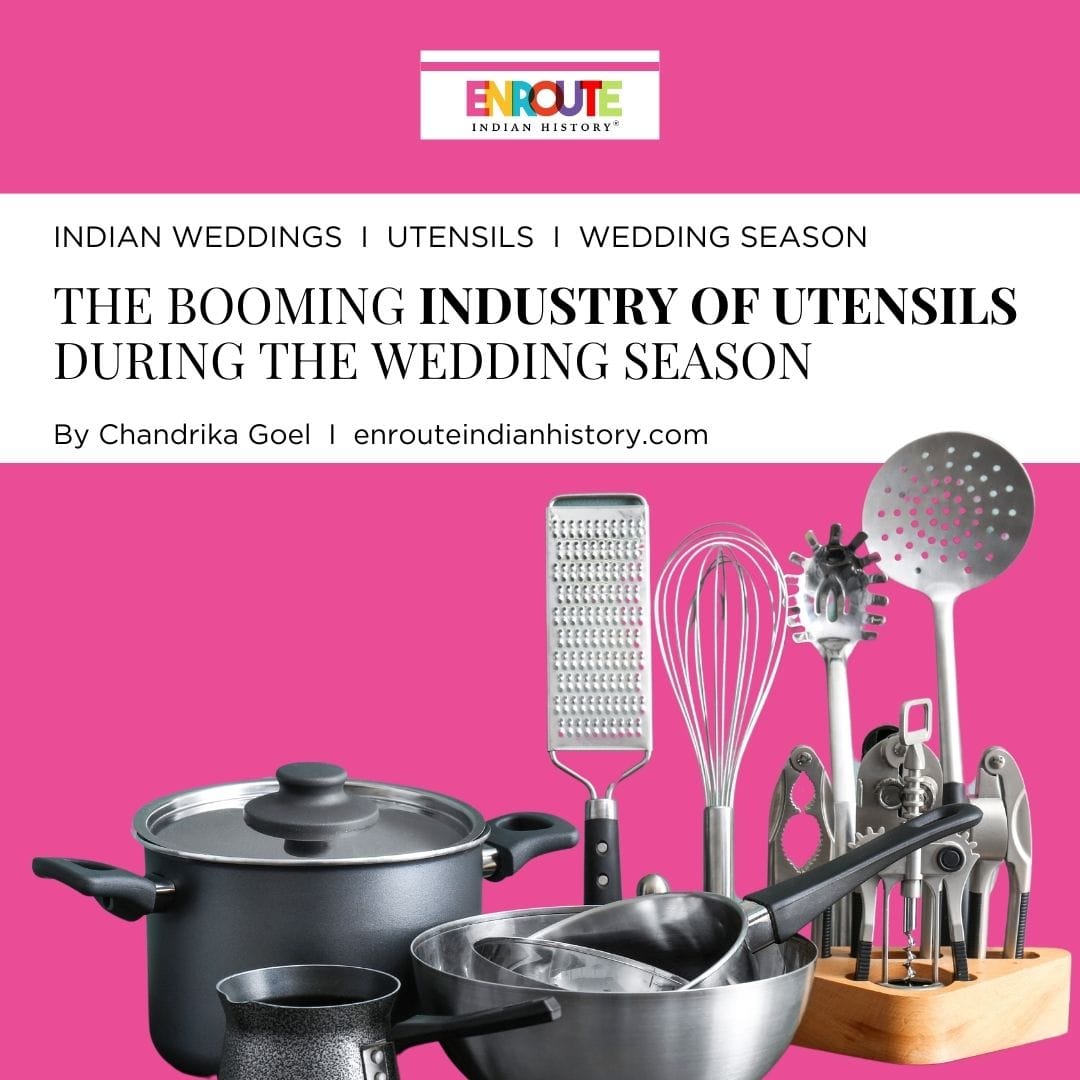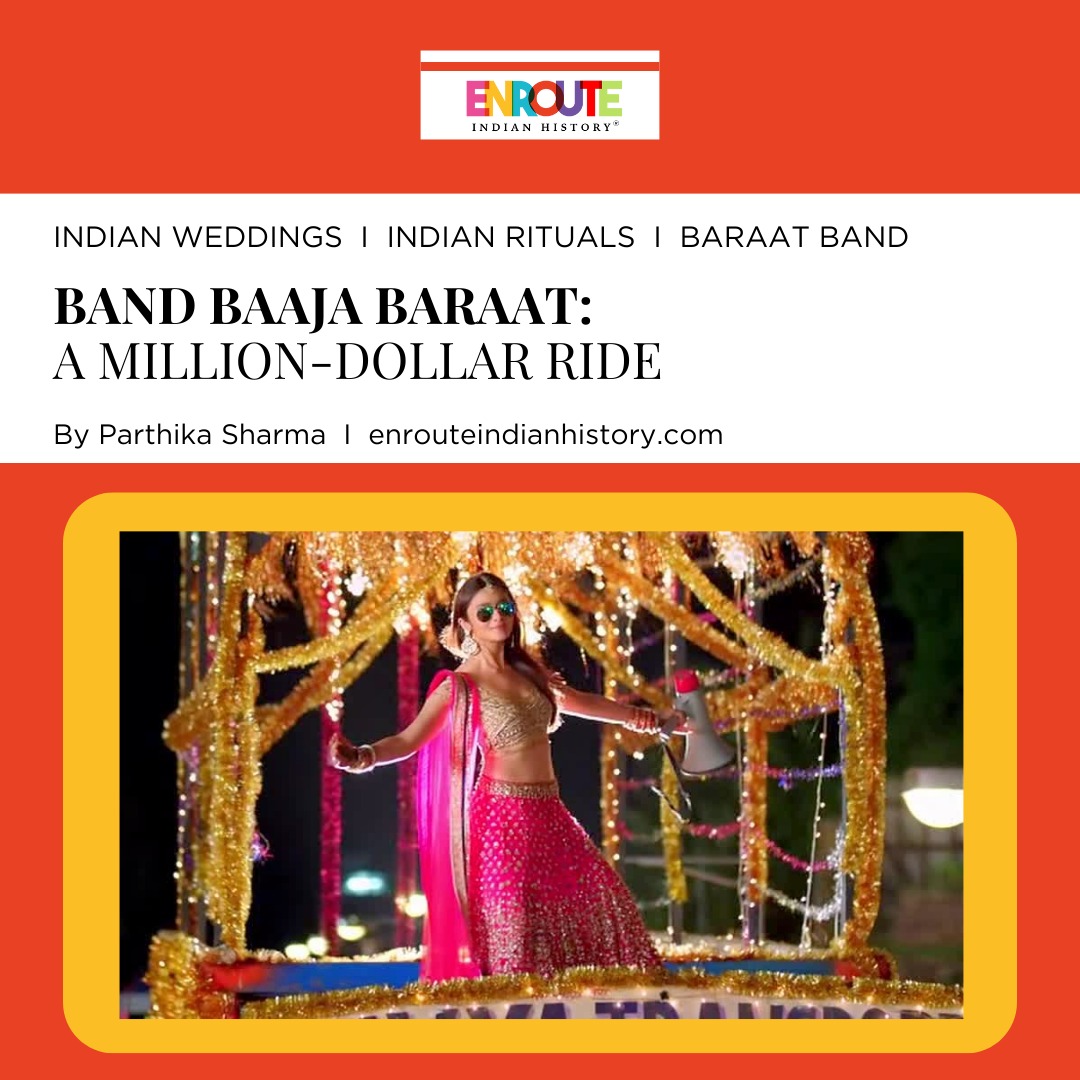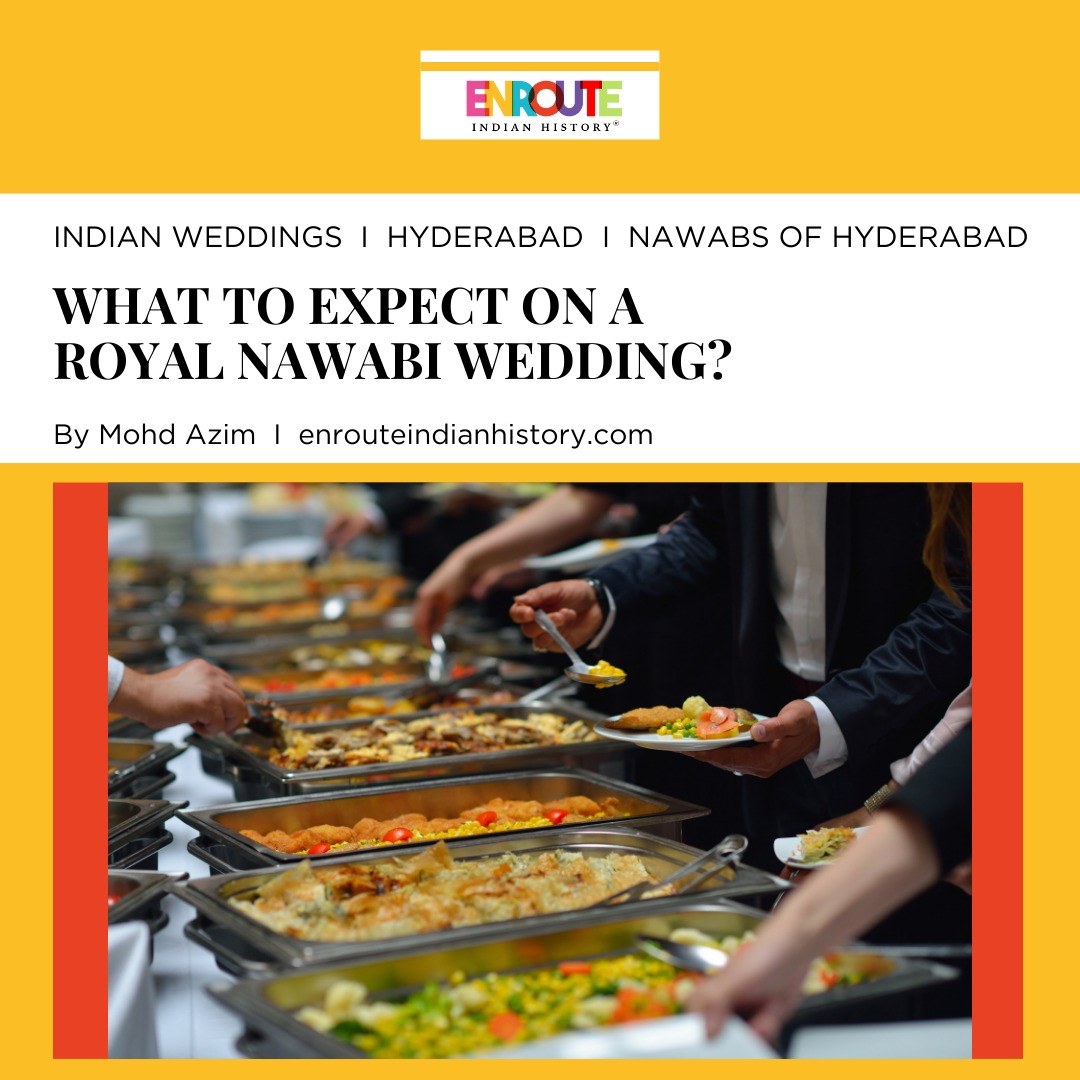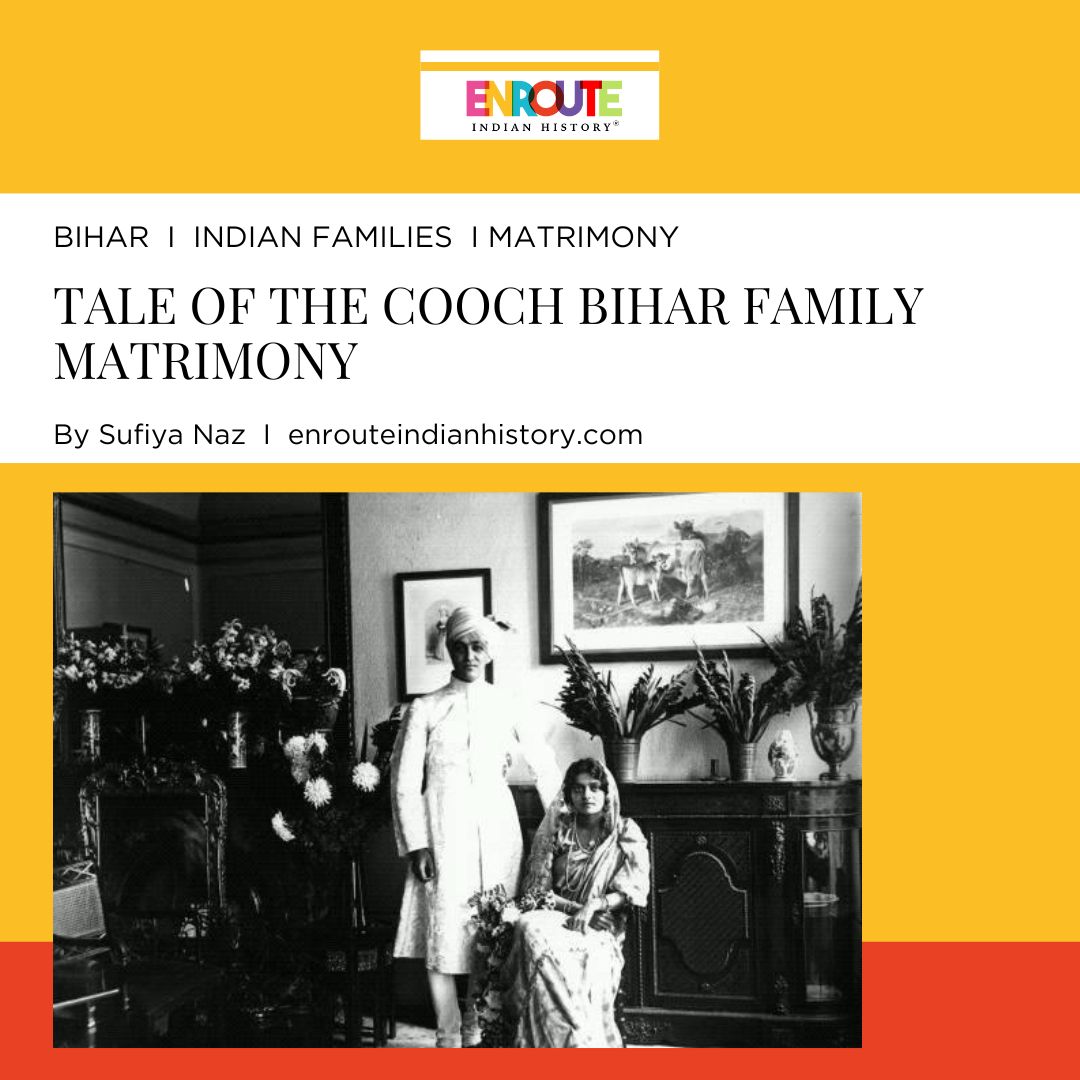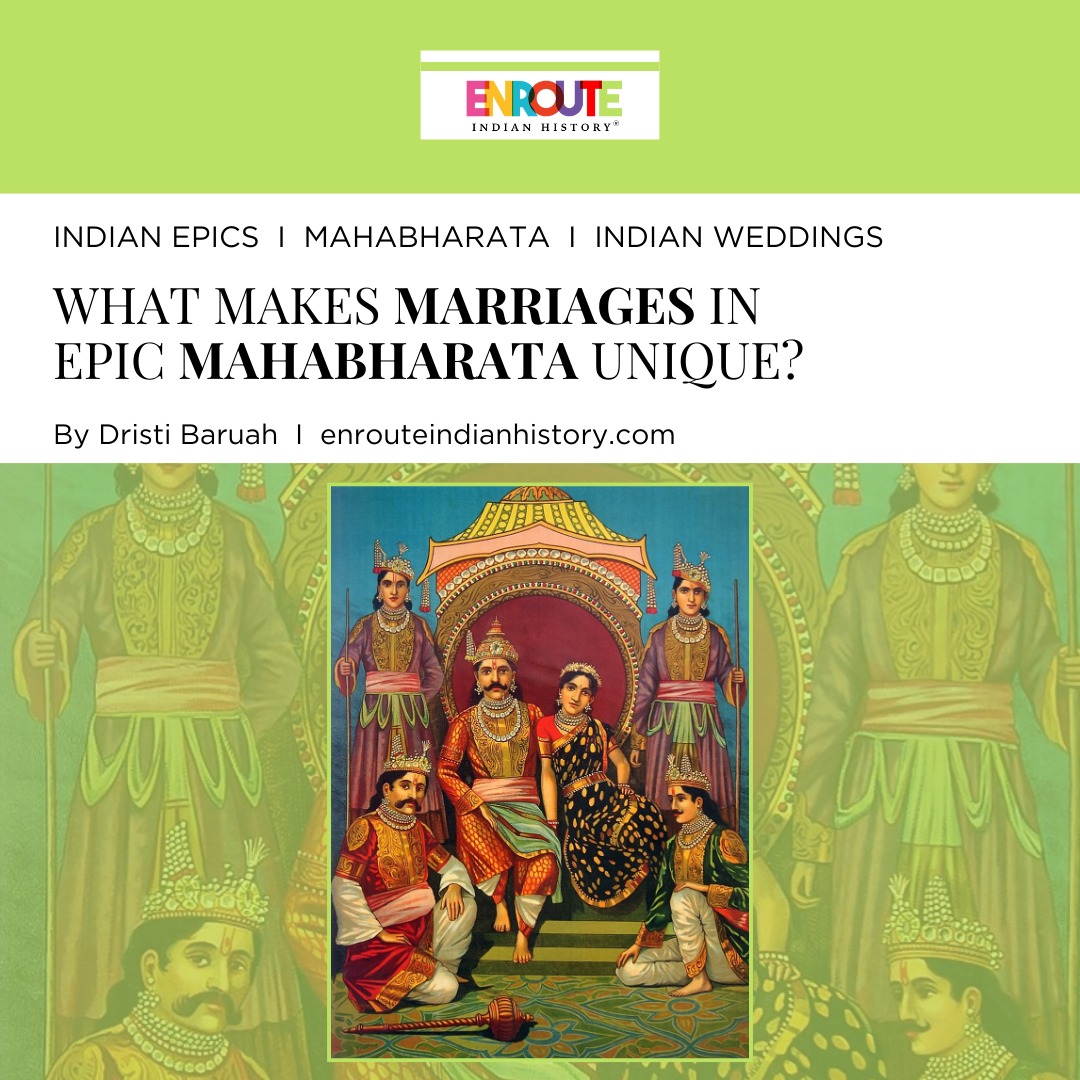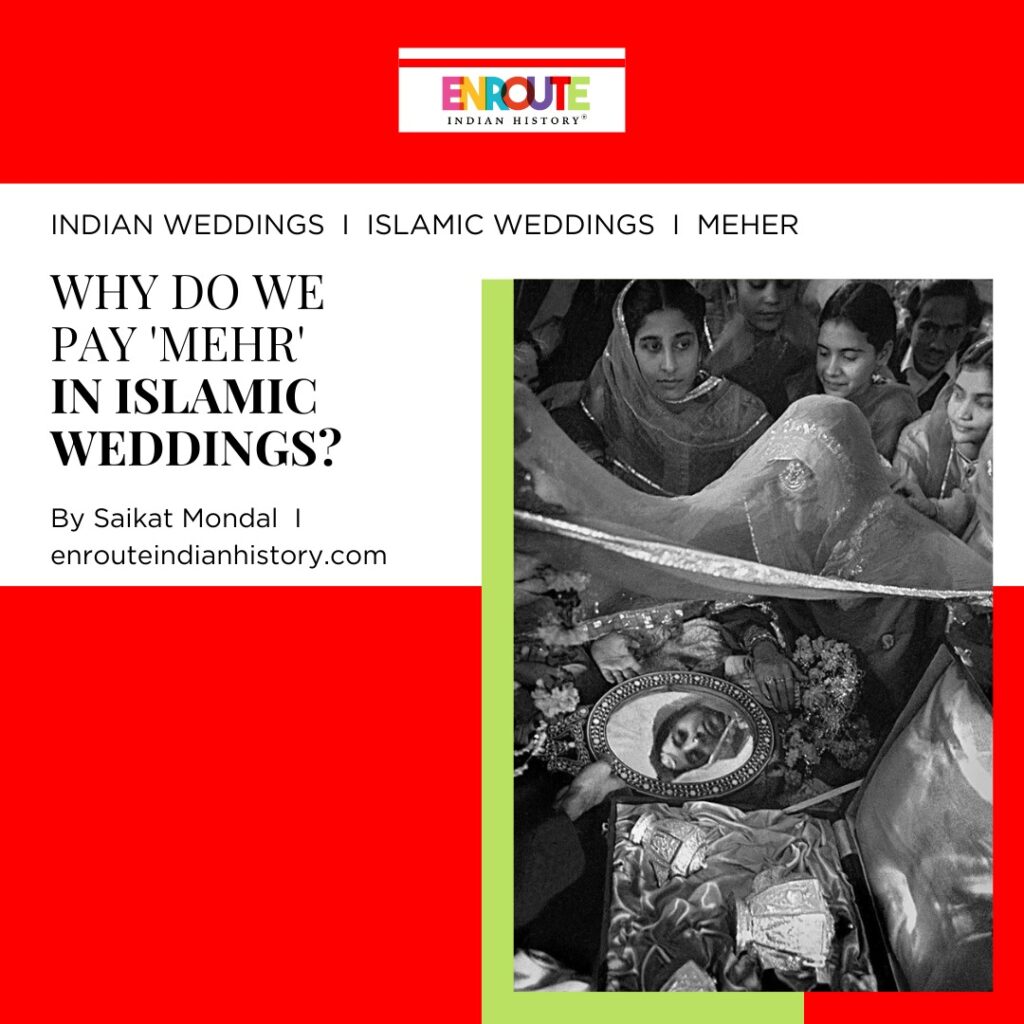
Marriage is a sacred bond between two people who agree to live together as husband and wife. Both Hindu and Islamic marriages have several traditions and practices that vary depending on the culture and region. Islamic marriages have different traditions and practices like that of Nikah, walima, henna etc. The nikah, which is the marriage contract that is signed by the bride and the groom in the presence of at least two witnesses. The Nikah specifies the rights and responsibilities of both spouses, and includes the payment of a certain amount of money or property by the groom to the bride, which is called the mehr. It is a symbol of the groom’s commitment and responsibility towards his wife, and a sign of respect and honour for the bride. Mehr is also a right of the wife that she can use as she wishes.
Mehr in Islam
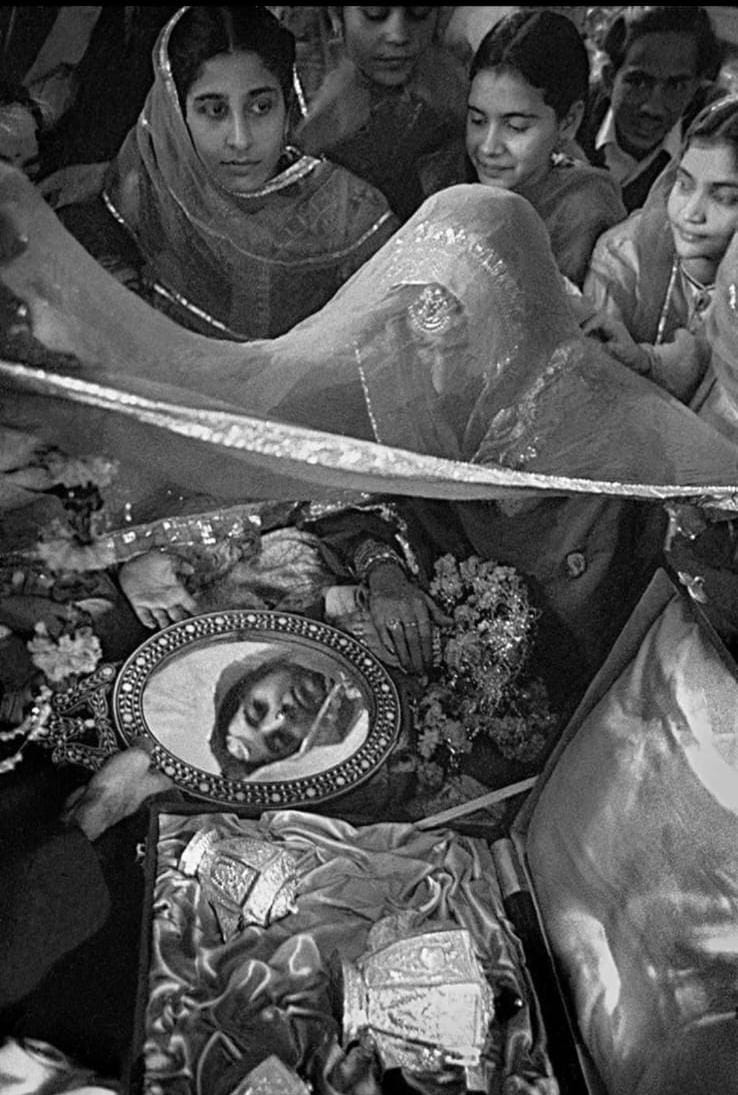
Mehr is mentioned several times in the Quran and the Sunnah, and it is obligatory for every Muslim man who wants to marry a Muslim woman. The Quran says:
“And give the women (on marriage) their dower as a free gift; but if they, of their own good pleasure, remit any part of it to you, take it and enjoy it with right good cheer.”
The amount and type of Mehr can vary depending on the agreement between the bride and the groom, and their families. It can be paid in cash, gold, jewellery, land, or anything else that has value. It can also be paid in full at the time of the marriage, or partially, with some amount deferred to a later date. The minimum amount of mehr is equivalent to ten dirhams, which is about 30 grams of silver.
Mehr is one of the important traditions in Islamic marriage that reflects the values and principles of Islam. It is a way of expressing gratitude to Allah for the blessing of marriage and a means of strengthening the bond between the spouses. Mehr is also a sign of the groom’s generosity and the bride’s honour, and a source of happiness and peace for both of them.
Mehr in Delhi Sultanate times
There is not much reference to taking or giving Mehr in mediaeval India. However, after coming in contact with the Hindu traditions, they started the practice of giving dowry which is present in the writings of Khusrau. He mentions about a huge dowry having been given in marriage to Dewal Rani and Khizr Khan. Khusrau writes at length about marital discord and even at that age speaks of issues like incompatibility and infertility which led towards separation and divorce. He also provides details of “mehr” with man/woman perspectives. He clarified that “the woman will have an upper hand because of the weapon of the paper she has in hand (i.e., Mehr or the marriage portion settled upon the wife before marriage).
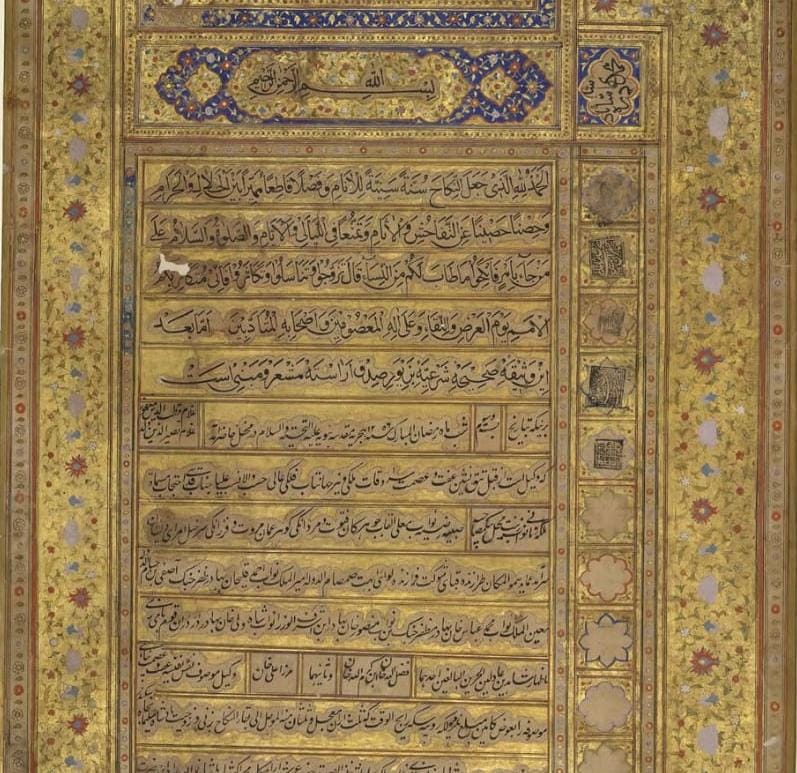
Kabin Nama of Mughal Emperor Bahadur shah Zafar and Zeenat Mahal. Famously, Zeenat Mahal made sure she receives Mehr including land in Chandni Chowk after her marriage with the emperor as part of Mehr.
It serves as a chain binding the neck and the throat. But mehr (kindness) may become a bond of affection if between the two there is nothing zir-o-Zabar (topsy-turvy): for a woman’s affection (mehr) for man is better than matrimony (mehr): but for man mehr (fondness) for woman is far worse than mehr or the bridal gift (fondness would lead to submissiveness and the peace of life would disappear). This detailed extract on ‘mehr’ brings forth his pragmatic view on the success or failure of married life and how materialism should be overlooked in conjugal life. The Sufi in Amir Khusrau’s writings can also be clearly noticed.
Marriage in Mughal India
There is a relative absence of mention of Mehr ( or Bridewealth ) for early marriages in Mughal India. Babur’s marriage to the Yusufjahi queens like Bibi Mubarika did not refer to any giving of Mehr. But there was widespread prevalence of giving of Mehr during the time of Akbar. According to Abul Fazal “His majesty disapproved of high dowers, for they are rarely ever paid, they are a mere sham; but he admits that the fixing of high Mehr is a preventive measure against rash divorce.”
The system of Dowry was also prevalent in Mughal India which was demanded, and sometimes parents disregarded the suitability of a match and cared primarily for a rich dowry. It appears from the account of Manucci that in some castes and localities, the bridegroom had to pay money to the bride’s guardians.
The amount of Mehr depends on the status of the boy’s family. Jahangir, when he contracted marriage with Noor Jahan, assigned eighty lakhs of ashrafis of misqals which was of the value of 7 crores and 20 Lacs of rupees. In Shahjahan’s marriage with Arjamand Bano Begum the Mehr was fixed at 5 Lakhs likewise in Dara’s marriage with Sultan Pervaiz’s daughter, Nadira Bano Begum, Mehr was five Lakhs of rupees. In the Royal/noble families, it was a general practice to fix a handsome amount of Mehr for the bride.
Besides Banarasidas’ autobiography, Ardhakathanak, published during the Mughal empire period, provides proof of mehr in the form of property. There are two forms of mehr: Mu’jjal and Mu’ajjal. The former is paid in full during the wedding ceremony, whilst the latter is postponed, generally paid in instalments, but is tagged with the demand (indu”tlalab) that it was expected to be paid whenever demanded.
Besides, the Mughals married quite a few Rajput women who also inherited wealth from their respective Households which was the exclusive property of the women itself. Although this cannot be mentioned as Mehr it can be mentioned as a form of streedhan. When Prince Salim was married to the daughter of Raja Bhagwandas, the sum was fixed at two crore silver tankas(coins).
Mehr in Present times
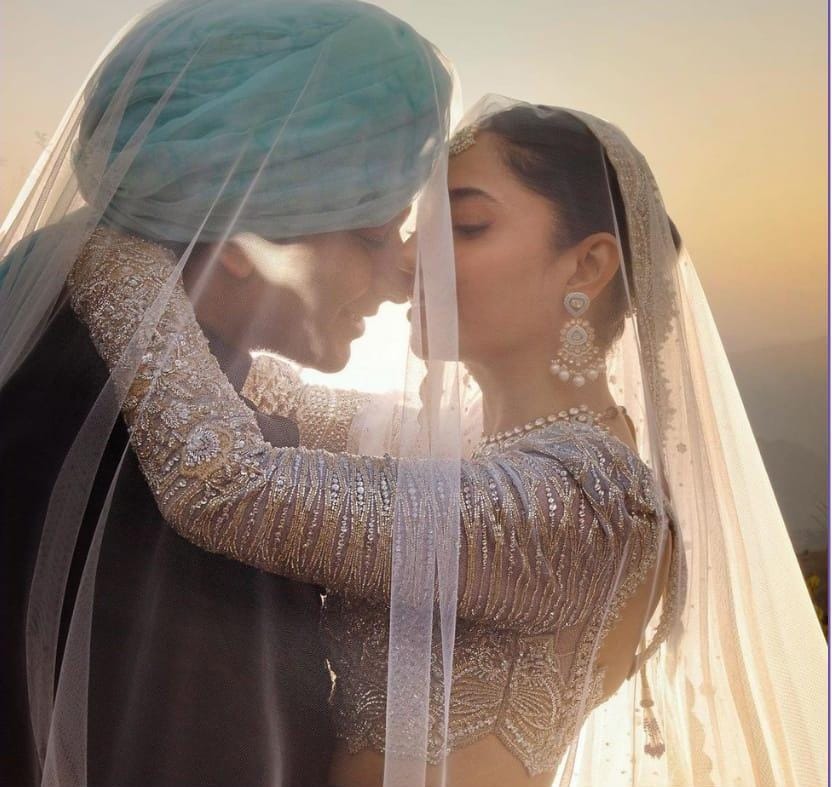
Pakistani Actress Mahira Khan’s dream like wedding.
Mehr (dower) is a term used in Indian Muslim law to refer to money or property that the woman is entitled to receive from the husband in consideration of the marriage, however, this consideration is not the same as that of the civil contract. A dower is a dowry imposed on the husband as a sign of respect for the wife. The primary purpose of the dower is to provide a wife with a means of subsistence following the dissolution of her marriage so that she does not become helpless upon the death of the husband or the termination of marriage by divorce. Mehr was also taken into account as part of maintenance while determining the amount of maintenance under Section 125 of the Criminal Procedure Code of 1973.
Mehr is not the same as dowry or bride price, which are paid by the bride’s family to the groom or his family. Mehr is paid by the groom to the bride, and it becomes her exclusive property. Mehr is also not a payment for sexual services, as some critics may claim. Rather, it is a gift of love and respect and a recognition of the rights and dignity of the wife. Mehr also serves as a financial security for the wife in case of divorce or the death of the husband. There are also some considerable differences between Mehr and Shreedhan, while Mehr is the payment made by the groom to the bride, while Streedhan is the gift given by the bride’s family or friends to the bride. Mehr is a part of the marriage contract so obligatory, while streedhan is not. Sadly many Muslims engage in the practice of dowry more often than in the practice of giving mehr.
References
ANGEL (2018) ‘Salim – marriages(Famous)’, History and Chronicles, 9 September. Available at: https://angel1900.wordpress.com/2018/09/09/2575/ (Accessed: 19 November 2023).
Bano, S. (2007) ‘Women and property in mughal india’, Proceedings of the Indian History Congress, 68, pp. 406–415. Available at: https://www.jstor.org/stable/44147853 (Accessed: 19 November 2023).
Human, I.R.J.M.S. (2014) ‘Status of women under mughal period’, isara solutions [Preprint]. Available at: https://www.academia.edu/43450064/STATUS_OF_WOMEN_UNDER_MUGHAL_PERIOD (Accessed: 19 November 2023).
Iftikhar, R. (2016) Indian feminism: class, gender & identity in medieval ages. Notion Press.
‘Mahr’ (2023) Wikipedia. Available at: https://en.wikipedia.org/w/index.php?title=Mahr&oldid=1182596663 (Accessed: 19 November 2023).
Sachdeva, S. (2020) Women in everyday life of mughal empire: looking for history beyond princesses, Feminism in India. Available at: https://feminisminindia.com/2020/08/21/mughal-empire-women-history/ (Accessed: 19 November 2023).
Sharma, S. (2018) ‘Towards de-normativising the patriarchal formations in the writings of amir khusrau on women’, Proceedings of the Indian History Congress, 79, pp. 211–220. Available at: https://www.jstor.org/stable/26906249 (Accessed: 19 November 2023).
WordPress.com, C. a free website or blog at (2015) ‘Jahez or dowry: both are evil for muslims’, Cafe Dissensus Everyday, 20 September. Available at: https://cafedissensusblog.com/2015/09/19/jahez-or-dowry-both-are-evil-for-muslims/ (Accessed: 19 November 2023).
Yasmin, A. (2014) ‘“Middle class” women in mughal india’, Proceedings of the Indian History Congress, 75, pp. 295–306. Available at: https://www.jstor.org/stable/44158394 (Accessed: 19 November 2023).
- December 4, 2023
- 6 Min Read
- December 4, 2023
- 9 Min Read
- December 4, 2023
- 10 Min Read


